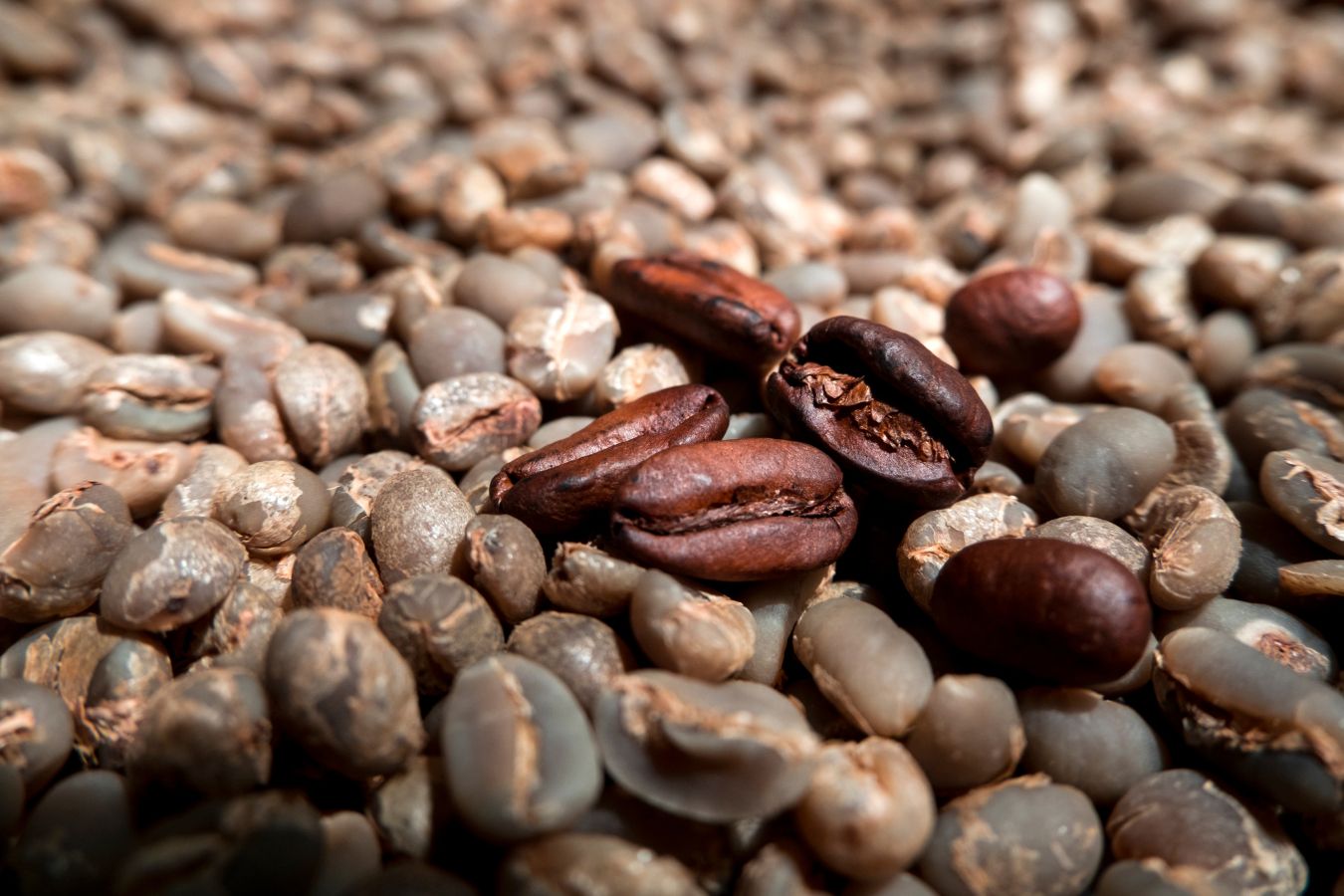
Let’s find out why arabica coffee sour
In essence, coffee is a fruit with a specific pH content. Each coffee variety has a different pH, explaining why Arabica coffee has a sour flavor compared to Robusta coffee.
Furthermore, processing coffee, including putting coffee in water for washing, soaking, and peeling, will affect coffee fermentation; this is a fantastic fruit yeast that contributes to arabica coffee’s acidity.

Many people feel that sour coffee is ruined and of inferior quality. However, arabica coffee has a gentle bad taste of fruit, and it is always picked as the significant coffee drink by coffee enthusiasts worldwide. Still, robusta is black and bitter and is more prevalent in Vietnam.
When it comes to the bitter and sour flavor of coffee, this is spoilt coffee, so the bitter taste is highly unpleasant; if you unintentionally drink a broken cup of coffee, it will harm your throat and ruin the rest of your day’s taste. The sour flavor persists.
Pure Arabica coffee has a gorgeous iridescent brown color similar to light amber when brewed. Do you know why Arabic is preferred among coffee connoisseurs? Because arabica coffee is exceptionally smooth, delicate arabica blends the seductive perfume of grass, smoke, sweet honey…first sour taste, then gentle bitterness, and the last aftertaste turns pleasant after you take a drink. Of coffee….listen for once so you can feel the nobility of arabica…
Because the caffeine content in arabica is lower than that of robusta, but the sugar content is higher, arabica coffee is always preferred by women and people who frequently experience insomnia symptoms but need to make coffee early in the day to stay alert. And arabica coffee was selected as a coffee variety, such as cold brew iced coffee, tropical coffee, and fruit refreshments.
Because Arabica coffee production in Vietnam is limited, concentrated primarily in Cau Dat, Khe Sanh, A Luoi, and Son La…the Vietnamese market, particularly ready-ground coffee, has seen arabica coffee mixed with flavoring and creating a virtual sour taste, which hurts consumer health….and causes the coffee value to plummet.
You can enjoy the correct cup of coffee by distinguishing between pure arabica coffee
Arabica coffee beans belong to the tea coffee family, with short leaves, round and flat seeds, and a superficial porosity to crush when roasted. Because arabica has a high-fat content, a layer of glossy oil will develop when burned on medium, or a lovely, thick caramel layer will appear if you brew the espresso right and sip a cup of rustic arabica will reveal more fat than robusta.
Drinking an original cup of arabica is sometimes compared to biting into a fruit, with the high-pitched sour taste coming first, followed by the bitter taste, and ultimately the fruity sweetness. This allure is what allows arabica to win over even the most discerning coffee lovers.

Right now, you have a more objective view on coffee’s sour flavor and why arabica coffee has a bad taste compared to robusta coffee, right? If you need arabica coffee, go to a renowned brand name location to purchase excellent, clean coffee to meet your requirements.
Fix sour coffee
-
- Finely grind your beans (intermediate). Even if you don’t change anything else, the smaller the grounds are, the shorter time it will take to extract a balanced flavor. Smaller grounds also impede the water draining in pour-over systems, extending the brew time.
- Increase the amount of time you spend brewing (easy). There are a few approaches you can take. If you’re using a french press or an immersion brewer, simply add +20 seconds before plunging the filter down. You can either pour your water more slowly or grind your beans finer to make the water drain more slowly if you’re making pour-over coffee.
- Check the temperature of your water (easy). Remember that the sweet spot is between 195 and 205 degrees. If you reside in a high-elevation area where water boils at roughly 195 degrees, you’ll want to utilize it immediately to avoid cooling it down.
- Use a little more water than usual (harder). Adding water simply implies that there is more water available, making it easier for each ground to extract freshwater. Adding water to pour over coffee tends to extend the brewing time because it takes a little longer to pour more water.